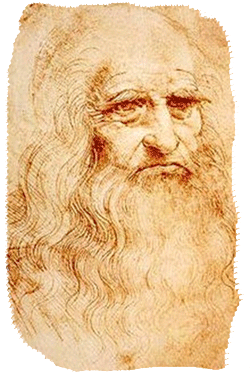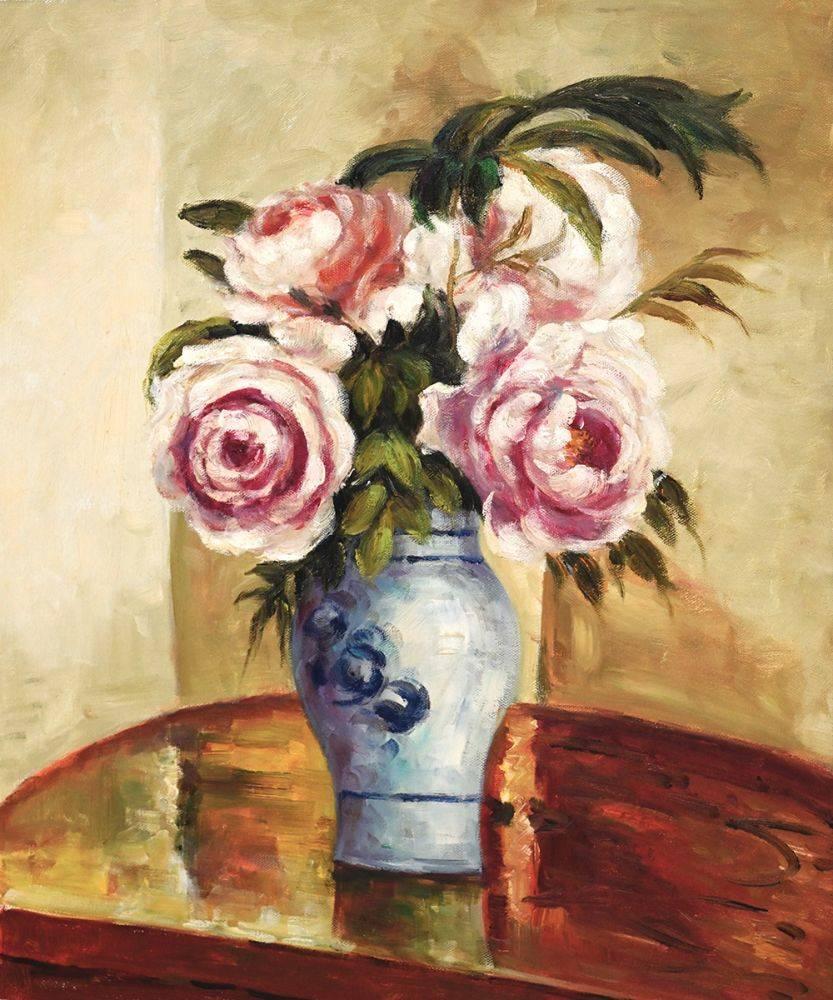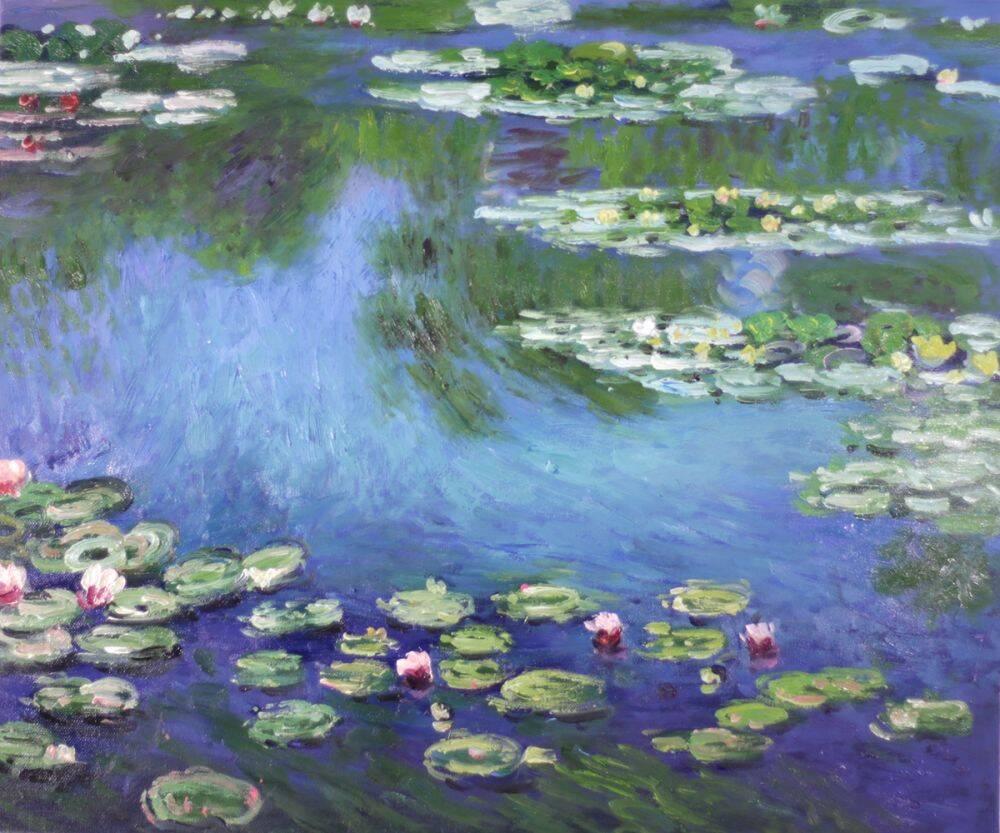Art
Leonardo Da Vinci – A True Renaissance Man
 Leonardo da Vinci (1452-1519) was the epitome of the Italian Renaissance Man. His interests were as varied as his art. He had a profound impact on almost every field of study both as a scientist and as an artist.
Leonardo da Vinci (1452-1519) was the epitome of the Italian Renaissance Man. His interests were as varied as his art. He had a profound impact on almost every field of study both as a scientist and as an artist.
As of recently, the “Da Vinci code” and other literary works that followed have increased admiration for Leonardo’s work especially as a scientist and inventor. Nevertheless, his glory rests on his great achievements as an oil painter. Specifically, due to a handful of art works that are considered to be among the most popular art masterpieces ever created.
The Da Vinci masterpieces are famous for a variety of reasons. From the subjects to the mystery that surround the oil paintings. The paintings have been researched and discussed by connoisseurs and critics since their conception.
The attributes that make Leonardo Da Vinci’s work so unique are:
- His will to innovate – using various techniques for layering onto the paint.
- His thorough knowledge of the human body.
- His insightful work in optics and light fixtures.
- His profound interest in Geology and other life sciences.
- His keen intellect and will to learn about human nature, including human behavior and responsiveness.
All of these rare qualities have somehow come together in the form of one man during the dawn of forward thought – 16th Century Renaissance. His ability to incorporate all of his passion and interests onto a bare canvas, have made us all view his art on many different levels. Leonardo’s work is interesting and profound, dazzling our interest for centuries.
It takes a simple glimpse in paintings such as, the Mona Lisa and the Last Supper to understand the genius that is Leonardo Da Vinci.
These two oil paintings, the Mona Lisa and The Last Supper are not only the most famous and most recreated oil paintings of all times, but they are also a source of numerous conspiracy theories. People have speculated and analyzed these two paintings for hundreds of years and the truth will probably forever remain tucked away somewhere under that Mona Lisa smile.



